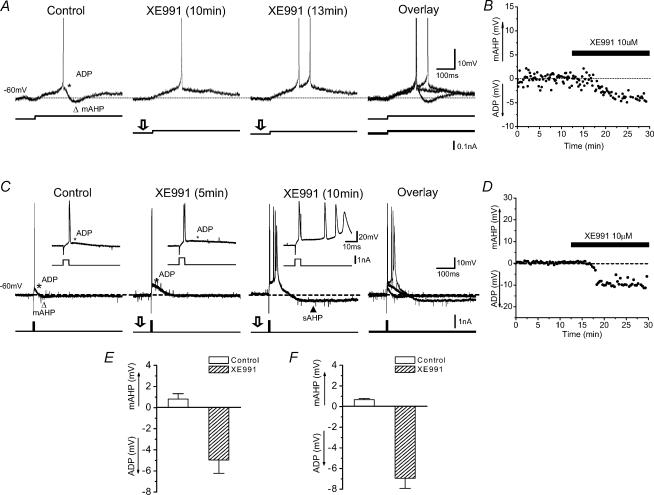Figure 6. Effects of XE991 on the afterpotentials following a single AP.
Sharp-intracellular-electrode recordings showing the ADP (*) and mAHP (▵) following a single AP. Each AP was evoked by injecting a long lasting (2 s, A) or brief (2 ms, C) depolarizing current pulse into the neurone, starting from a membrane potential of −60 mV (maintained by steady depolarizing current injection). A, application of 10 μm XE991 first inhibited the mAHP and enhanced the ADP (10 min after onset of XE991 application), and subsequently caused discharge of a second AP (spike doublet; 13 min). C, XE991 application caused blockade of the mAHP and enhancement of the ADP (after 5 min), leading to an all-or-none burst discharge (after 10 min). Note that XE991 also caused the membrane potential to depolarize. Therefore, less positive holding current was needed to maintain the same potential compared to the control situation (lower traces in A; n = 10, P < 0.01). The insets in C show the mAHP and the ADP on expanded scales. B and D, time courses of the XE991 effect on the mAHP amplitude from the experiments shown in A and C, respectively. E and F, summary graphs of the XE991 effects from two different groups of experiments shown in A and C (each group: n = 5, P < 0.01).

